I ran across some tiny green 7-segment displays for sale, advertised as NOS parts from the USSR. The seller said they were L104V, but I couldn't find any information with that part number. It was also stated they were identical to Sanken Electric SEL620, but that would require a very loose interpretation of the word "identical". The seller provided a partial, modern looking datasheet and a few specs for the part, which was helpful. But, I kept looking and found a writeup from Industrial Alchemy about the AL304V with some excellent photos that are actually identical looking to the L104V parts. Armed with a new part number I was able to find a Russian language datasheet. After a bit of research, I decided to pair the displays with MC14495 decoder/drivers. I purchased both at the same time, the LEDs from Ukraine and the drivers from China. The LEDs took 17 days to arrive to me on the West coast of the US, and the driver chips took 21 days.
My goal is to use these parts to create both 2 and 4 character hex display modules. The aesthetics of the finished project is important, I want something that looks different and shows off these cool looking 7-segment displays. I don't have a project to use the finished display module in yet, but I have a few ideas.
 Robert
Robert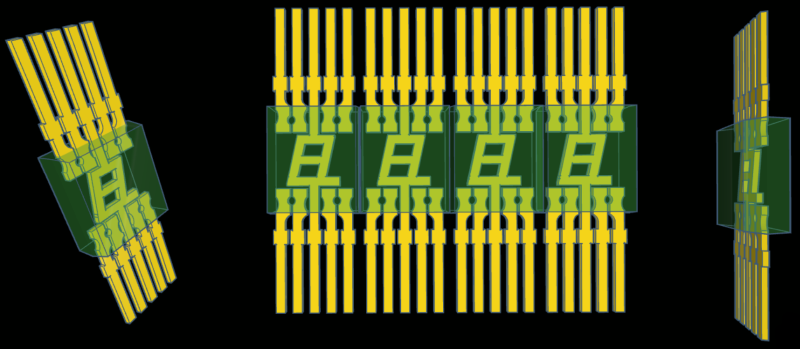



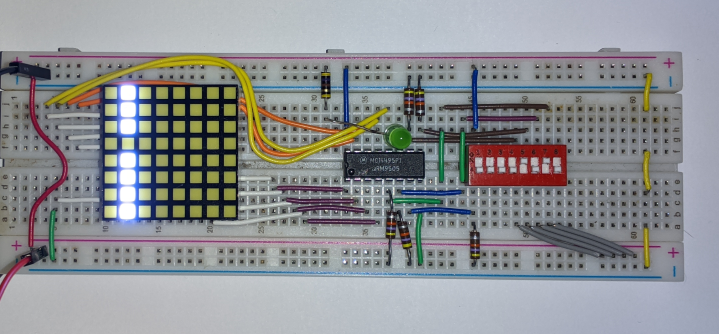
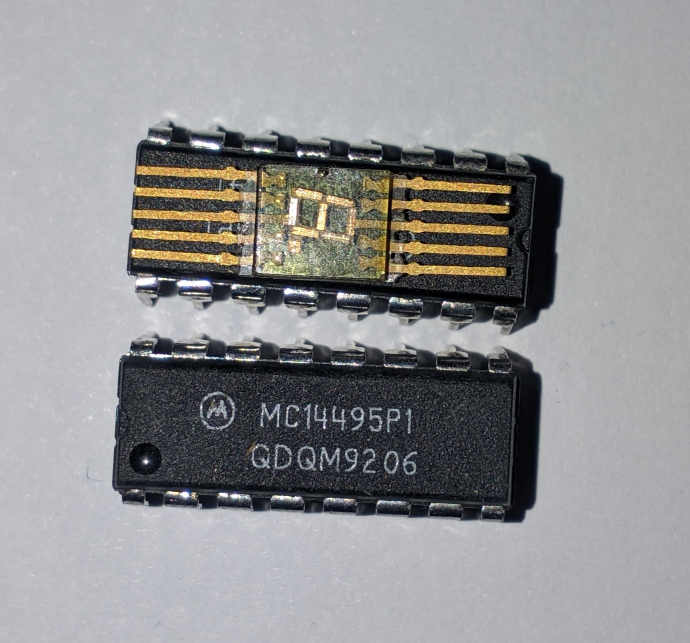
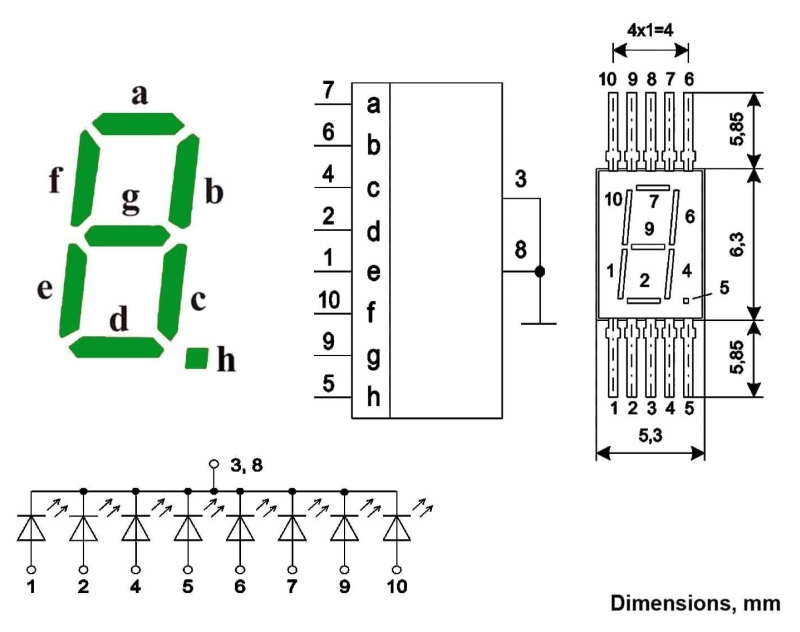


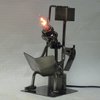



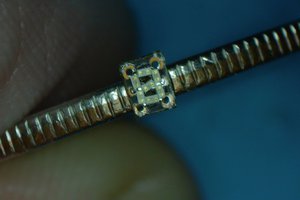
 Sam Ettinger
Sam Ettinger
 Yann Guidon / YGDES
Yann Guidon / YGDES
 sjm4306
sjm4306
 zakqwy
zakqwy
This is a great project idea. I have some ancient red MAN-1 7-seg LEDs in this same package. You may have inspired me to use them.
A thought for a project: How about an 1802 ELF computer? (Popular Electronics August 1976) It used two (now rare) H-P hex displays, but many people have used the MC14495 with two 7-seg LEDs to replace it.